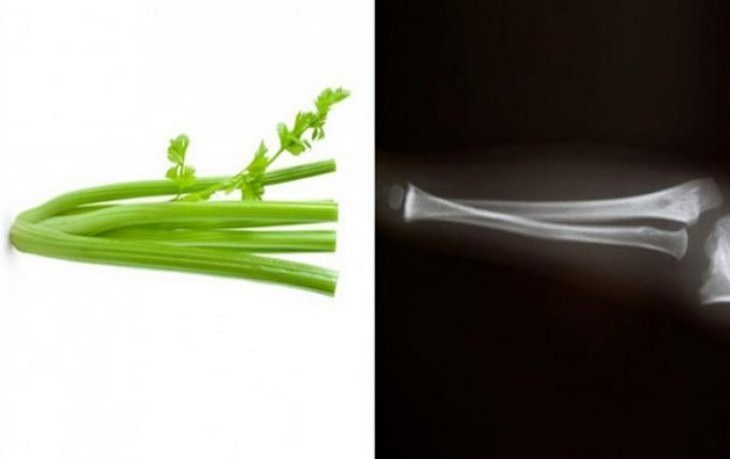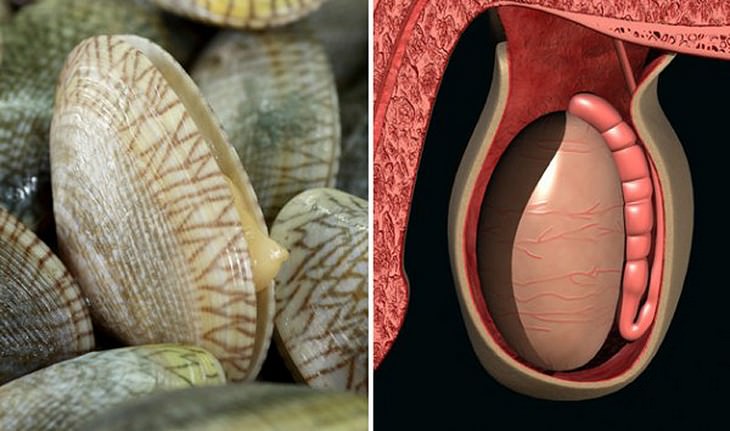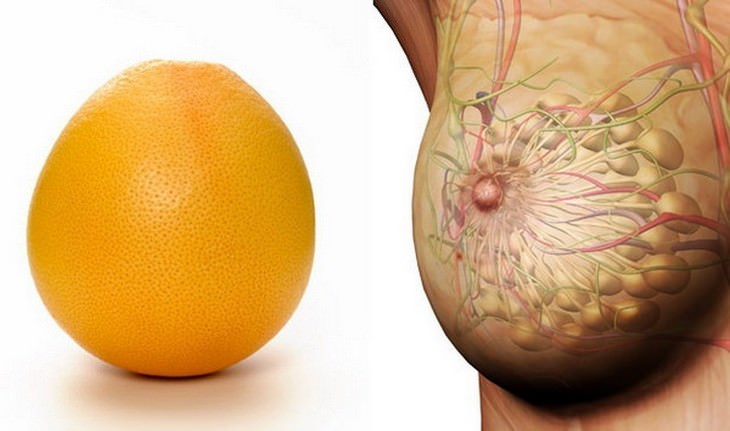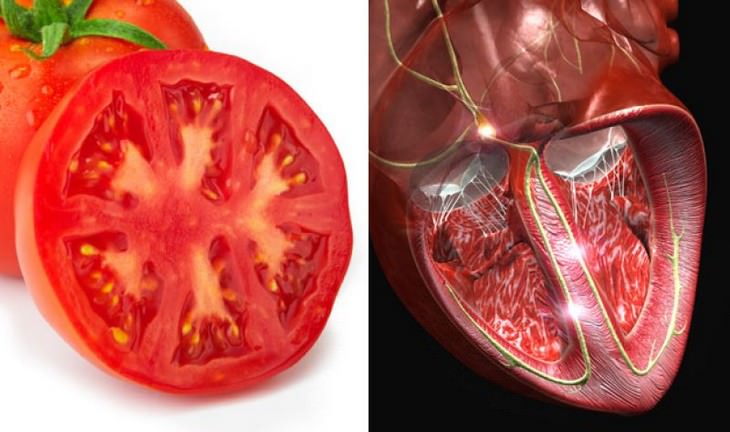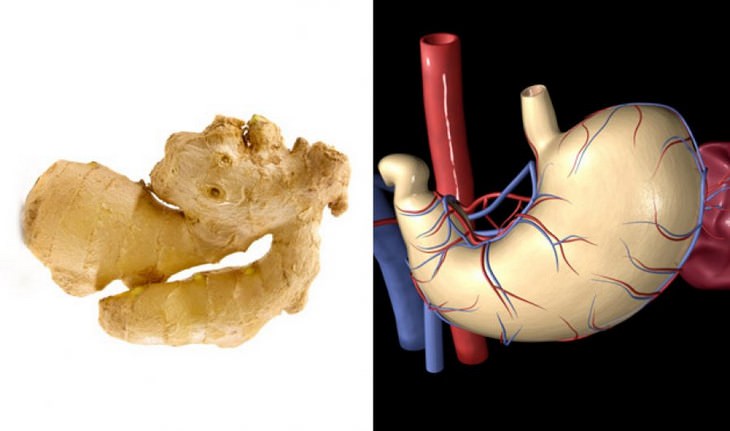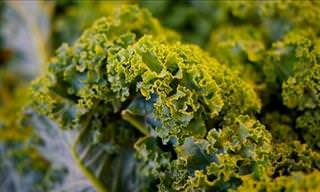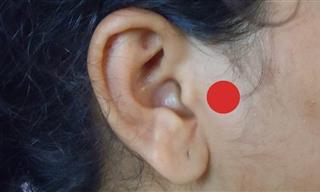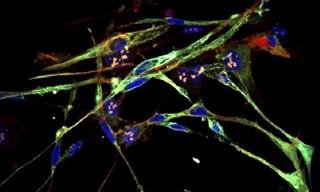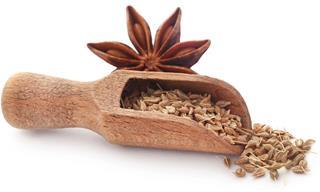1. Carrot - Eyes
If you slice a carrot, you will easily identify the similarities between this vegetable and the eye. Indeed, the carrot is wonderful for the eyes; it's rich in vitamins and antioxidants such as beta carotene, which diminish the risk of ocular degeneration, the number one reason for loss of sight among adults.
2. Walnut - Brain
The folds, wrinkles and shape of the walnut are reminiscent of that of the brain, and it's little wonder that walnuts are called "brain food". Walnuts are full of linoleic alpha acid, an Omega 3 fatty acid, which is essential to the biological process of the body. The amino acid plays an important role in building brain cells and keeping them functioning properly.
3. Celery - Bones
The long and thin stems of the celery not only look like bones, they help them too. Celery is an excellent source of silicon, which is part of the molecular structure that gives bones their enormous strength. An interesting coincidence is that bones contain 23% sodium, and so does celery.
4. Avocado - Womb
It looks like a womb and it is great for fertility. The avocado is a great source of folic acid, which has been found to reduce the risk of displacement of the cervix. Also, folic acid is recommended for pregnant women or women planning to become pregnant, as it helps in the prevention of birth defects.
5. Oysters - Testicles
Research shows that oysters are very beneficial for male sexual organs. Research conducted in Holland found that a diet rich in oysters contains a lot of zinc and folic acid, which vastly improves the quality of the sperm.
6. Grapefruit- Breast
The similarity between citric fruits and the female breast might be a coincidence, but it is backed by clear health advantages. The peel of the grapefruit contains a petrochemical called Limonoid, and research done on lab animals and human cells has proven that it helps to delay the reproduction of cancer cells, especially breast cancer.
7. Tomato - Heart
If you slice a tomato in half, you'll notice a variety of cells that remind us of the structure of the heart. Research has found that the Lycopene in tomatoes serves as an antioxidant and protects the cellular structures and DNA from free radicals that damage healthy cells, which may contribute to cancer growth.
Also, Lycopene reduces cholesterol levels, which may cause heart damage, and also heart disease. Furthermore, adding a little unsaturated fat to tomatoes (such as olive oil or avocado oil), will allow your body to better absorb the Lycopene.
8. Red Wine - Blood
Red wine is rich in antioxidants and polyphenols, including a material called Resveratrol which contains a wealth of health benefits. The resveratrol protects from damaging factors in the blood, including bad cholesterol (LDL). It also lowers the risk of blood clots and prevents the contraction of the blood vessels, which allows for a better blood flow.
9. Ginger - Stomach
Anyone who's suffered a stomach ache and drank tea with ginger has already felt the influence of this spice, so it only makes sense that it resembles the digestive system. Ginger is known to fight stomach cramps, reduce vomiting and nausea, help with gassy digestions and strengthen the mucus layer in the stomach.
10. Sweet potato - Pancreas
Another food that resembles the organ it helps. The sweet potato is rich in beta carotene, a powerful antioxidant that defends all the tissues in the body, including the pancreas, from damages related to old age or cancer.
 Go to BabaMail
Go to BabaMail




